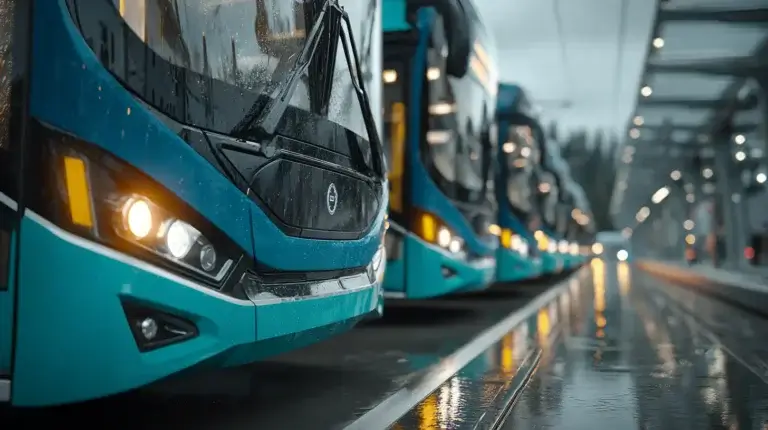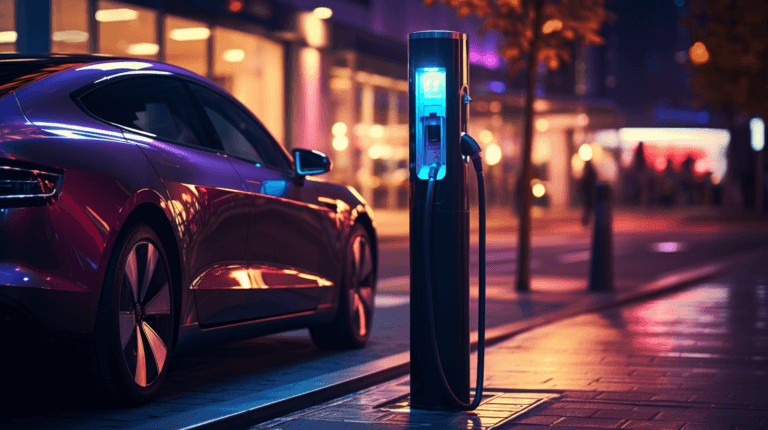EV Charging Network rollout: Challenges and opportunities full report
Key Barriers to EV Charging Infrastructure Rollout
Versinetic, a division of award-winning electronics engineering consultancy ByteSnap Design, has revealed why the UK’s EV charging network rollout has slowed down. The electric vehicle charging consultancy’s new report, “Key barriers to EV charging infrastructure rollout”, highlights the most significant shortcomings that will affect the rollout of EVs and why these threaten the charging infrastructure required to meet the 2030 electric vehicle targets.
In order to strengthen the global response to the threat of climate change, the Paris Agreement states that at least 20 percent of all road vehicles must be electrified by 2030. The aim is to curb transport greenhouse gas emissions (GHG), helping to limit global temperature rises by 2 degrees or less. This means that electric drive vehicles must represent a minimum of 35 percent of all global sales by 2030.
To contribute to this target, the UK government has proposed to ban all sales of petrol or diesel vehicles by 2030 with a move over to pure electric; albeit hybrids which have until 2035.
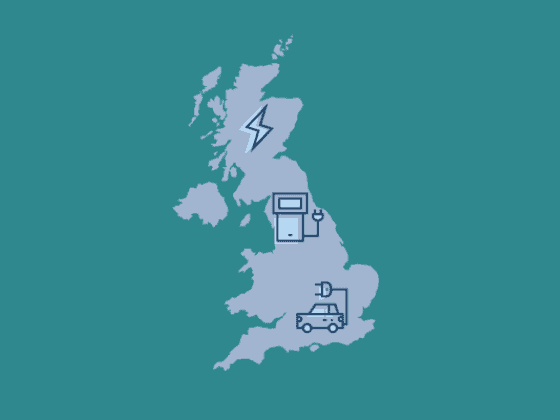
As it stands, the UK is on a slow trajectory to support these EV rollout plans, with a significant deficit to the current charging network. Indeed, the ongoing rate of growth allows for only one quarter (76,849) of the required public charging points to meet expected demand from EV drivers by 2032. The target is significantly higher, at 325,000 required electric vehicle chargers.
To mitigate this gap between the forecast and requirement, £1.3 billion of funding will be poured into charging projects by the UK government. The intention is to cover costs for planned road networks, home owners, local councils, and building owners, alongside regulatory changes.
Dunstan Power, Director of Versinetic, explains: “Even with funding and enthusiasm, as part of the EV community, we have a hard job ahead of us, and only through innovation and collaboration, will we overcome these challenges. In this report, we investigate the key shortcomings that will affect the rollout of EVs and, in particular, EV charging infrastructure and how the public sector and industry are working together to ensure that we meet the 2030 deadline.”
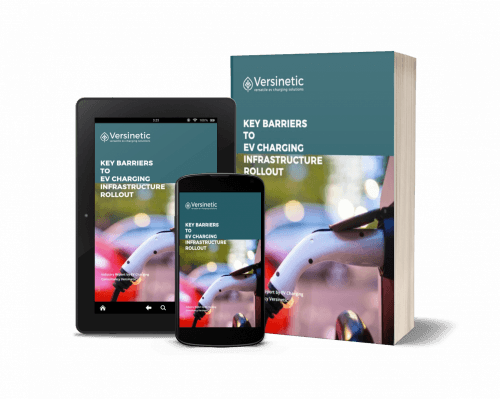
Key findings of the report
The rollout of electric vehicles is a multi-layered and complicated task and the proposed targets bring both challenges and great opportunity.
Versinetic focuses their new EV report specifically on the issue of charging, highlighting how far the industry has come and commenting on the impact of the pandemic on slowing progression across a number of fronts, from component shortages through to skilled personnel.
The consultancy also reveals the areas most in need of focus, including grid challenges, with networks facing high pressure as the charging infrastructure expands. Furthermore, the report comments on the threat to the revenue model for key stakeholders in the charging market, with emphasis on the need for development, to ensure public chargers generate profits.
Other issues explored are the imminent lithium shortages and the resultant need to drive innovative battery recycling in order for EVs to continue to be produced at the projected rate.
In addition, the report analyses the logistics for on-street parking plans and how the varying standards will need to be able to work in conjunction with each other.
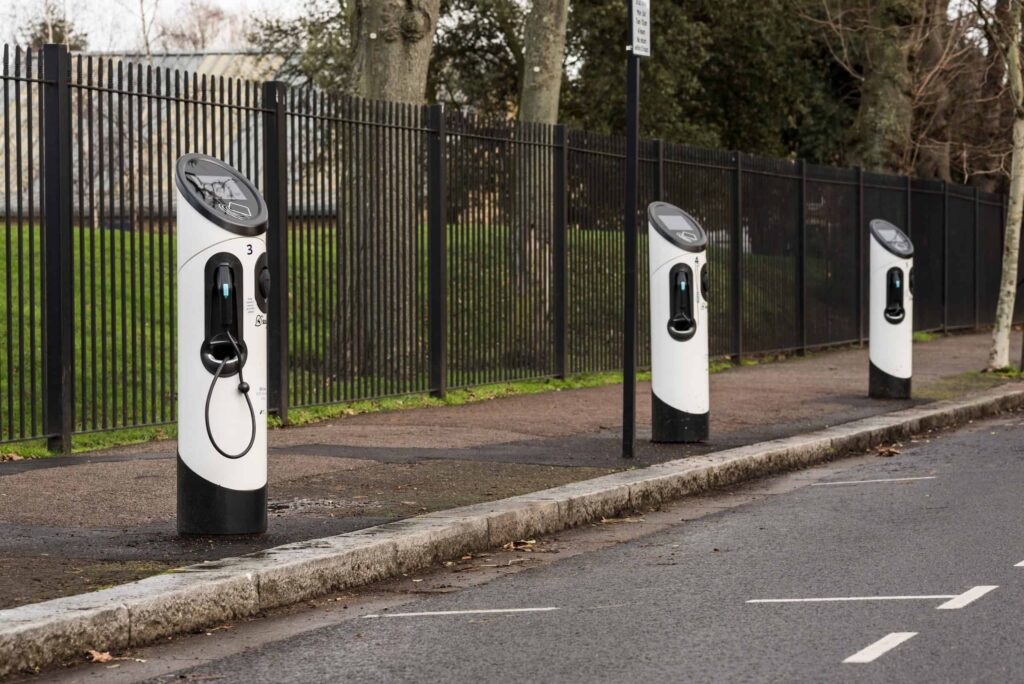
Why can’t the UK roll out its charging network faster?
Dunstan Power concludes:
“Each day we are moving further along the path to EVs dominating our roads. However, the pandemic has slowed down progress on several fronts. Currently, shortages in components, and skilled personnel are the tip of the iceberg. Grid challenges, while manageable today, need some consideration to ensure that where possible drivers can charge at home. The revenue model for players in the charging market is also being developed to ensure that public chargers generate profit in some way.
“Predicted lithium shortages will drive innovation in battery recycling while on-street charging plans will be put in place for those unable to charge at home. On top of this standards will need to ensure interoperability.
“The wholescale introduction of EVs is a multifaceted and complex undertaking, and we welcome the challenge.”
In the report, you can read more about the chief insufficiencies to the current charging infrastructure rollout, what the EV market will need to overcome, and how the EV industry and public sector are collaborating to ensure the 2030 goal is met.

